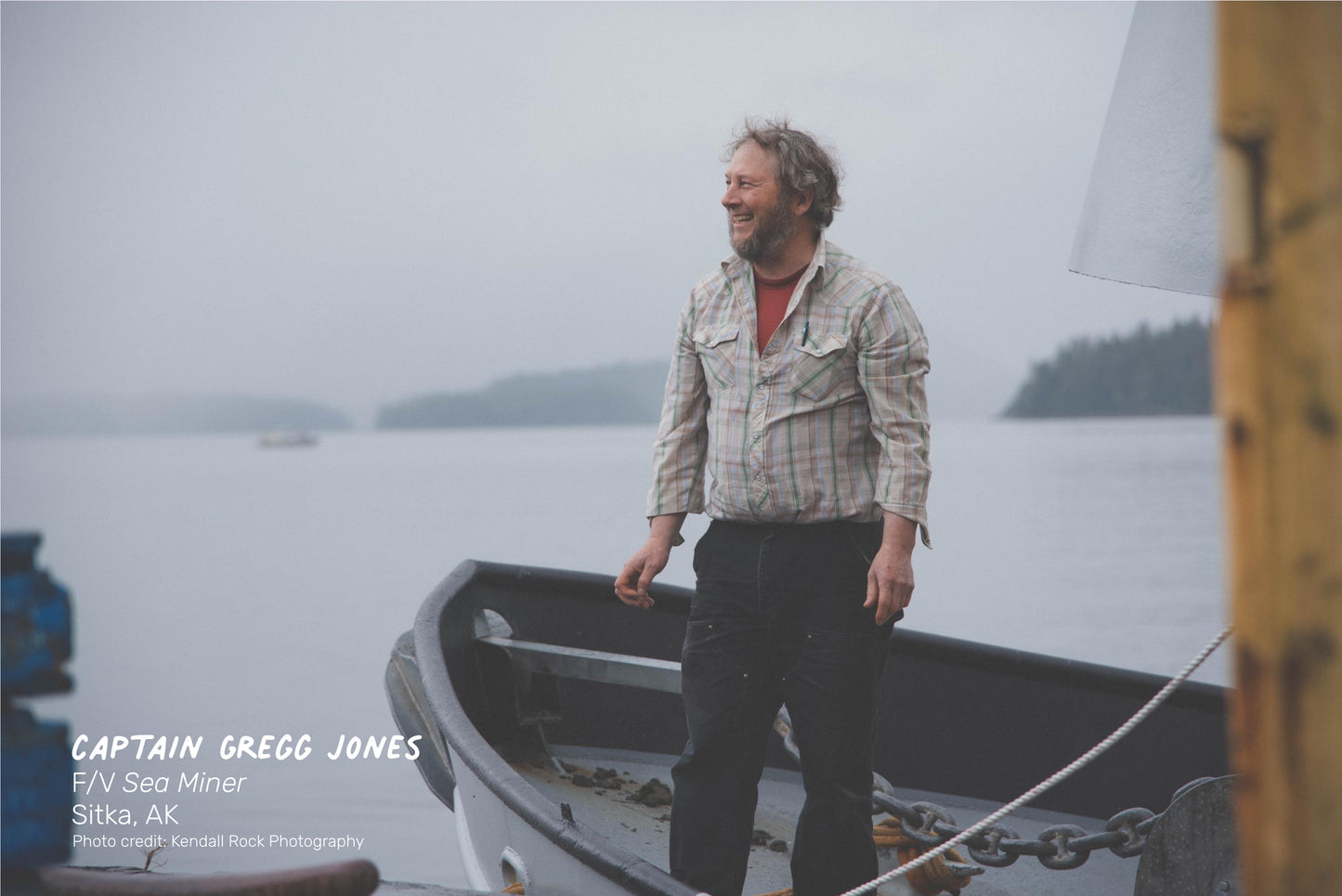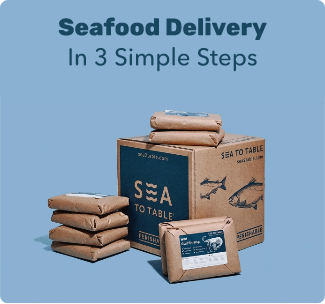
To know your fish, you must know your fishermen. On the F/V Sea Miner, one of our fishing vessel partners, salmon is King, and family connections run deep.
Gregg Jones, Captain of the Sea Miner,* began taking his son Dylan, who was only three years old at the time, with him on commercial fishing trips. By 11, Dylan was a full-fledged deckhand, helping land and take care of the catch. This is not easy duty, and trips can last 10 days or more. But Dylan fell in love with the lifestyle, and the deep respect for the ocean imbued in him by his father shapes his life even today.
Gregg Jones has always been known for the quality of the King Salmon he delivers to market. It all begins with the method of catch, hook and line trolling. Lured lines are dropped at intervals into the water. These lines are attached to long poles extending at 45 degree angles from each side of the boat, giving the appearance of wings as the boat slowly flies through the water, seeking the elusive fish.

Hook-and-line caught fish are landed one-by-one, and have a more complicated, careful hands-on process from water to boat than almost any other fish. ‘The first thing we do is stun the fish, before it is even out of the water”, explains Jones, “otherwise they would flop all over the deck, bruising the meat.” Then comes bleeding and dressing. After carefully removing the gills and guts, a small line is inserted into the aorta of the fish, flushing out every trace of blood and replacing it with cold, pristine saltwater. This is called pressure-bleeding, and Gregg Jones was one of the pioneers of this method.
Once the fish have been dressed and prepared, they are placed in the Sea Miner’s on-board blast freezer where they are quickly frozen to -40 degrees, a crucial step in ensuring the final product is as fresh as the moment it was caught and earns the designation of “sashimi-grade”. Once at the dock, the final step is to glaze the fish with saltwater to further protect the “just from the ocean” quality.
Greg and his son Dylan have a lot more to say about King Salmon than just the specifics of catching and processing. “Each salmon is like a bottle of fine wine”, says Dylan. “Just like weather, soil and care of the grapes create the ever-changing notes between vintages, salmon’s flavor has subtle nuances that come from their diets, where they live and even when they were caught.” Kings, the fattiest and most delicate of the salmons, are their favorites. But father and son differ when it comes to their favorite ways of preparing the fish. Gregg is partial to grilling on a cedar plank with juniper berries, a traditional Native American method that goes back centuries. The result is a smokey, aromatic dish that celebrates the salmon’s homeland.

Dylan, on the other hand, prefers his King Salmon simply cooked “low and slow”, a basically foolproof way to yield that restaurant-quality medium done, melt-in-your-mouth deliciousness that has no need for adornment. King salmon is actually one of the easiest fishes to cook: no matter which way you prepare it, the fish speaks for itself.
Today, Dylan no longer works on the Sea Miner full-time. He divides his time between his law practice, recruiting his friends as deckhands, and running the business operation side of his family’s fishery. His mission, as is Sea to Table’s, is to make it easier for Americans to eat better fish, more often.
* Traceability stickers on the first packages of Sea to Table Alaska King Salmon incorrectly state that the name of the vessel that caught the salmon is the F/V Sea Shaken. Sea Shaken is the name of the company that owns the F/V Sea Miner, which is the correct name of the vessel that caught the salmon.
* Our initial email announcement of King Salmon (on 3/28/21) incorrectly stated that this salmon is caught in the Bering Sea. In fact, it is caught in the Gulf of Alaska.
← Older post Newer post →

